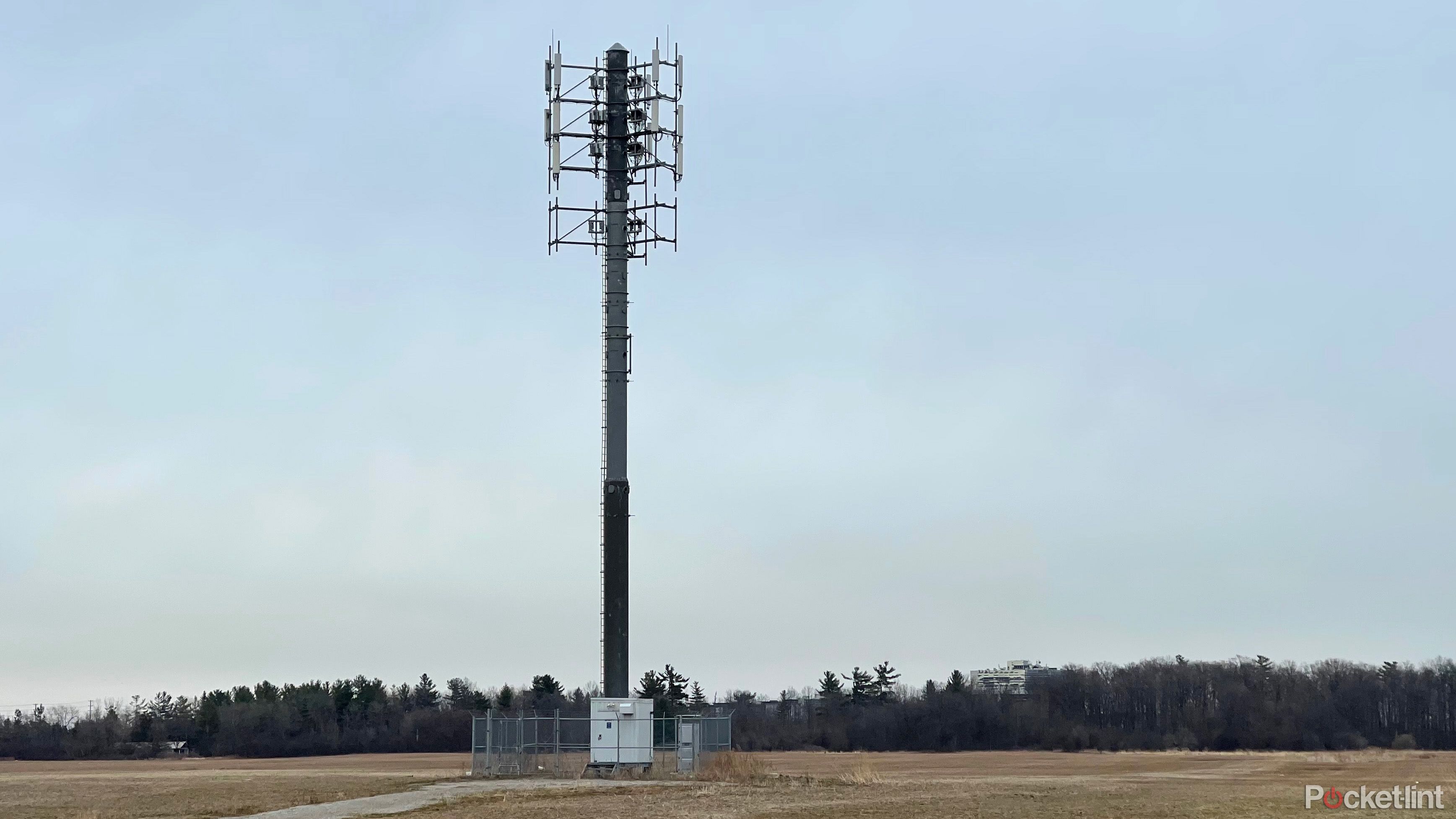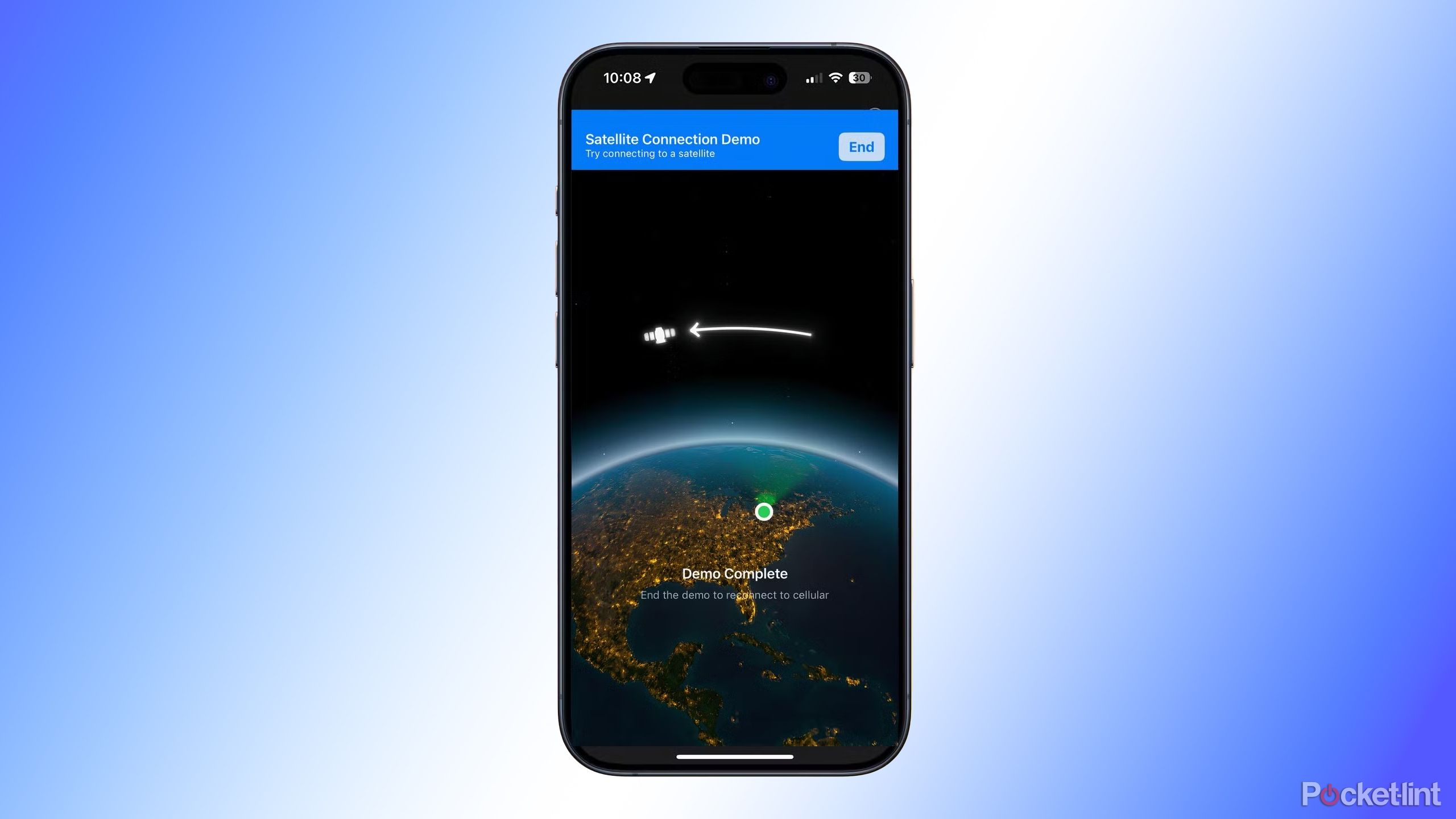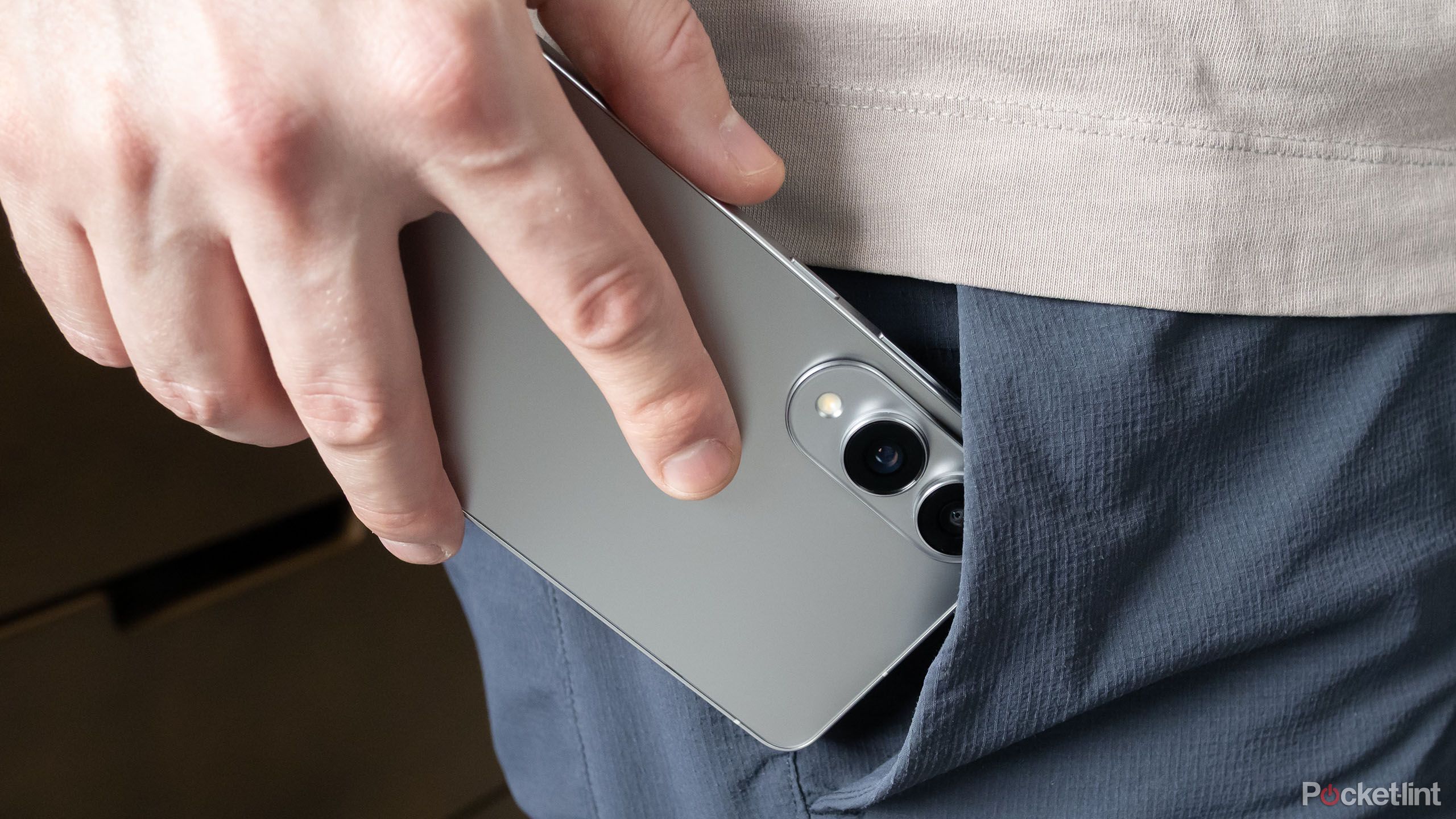Summary
- 6G speeds could reach up to 1Tbps, although real-world speeds are likely to be slower, in most cases.
- The first commercial 6G networks could reach the US as soon as 2030. The standard has yet to finish development or ratification.
- Expect to wait longer still for 6G to become commonplace on smartphones.
When the original iPhone launched in 2007, one of the biggest controversies surrounding it was its omission of 3G cellular. Apple’s choice is almost inconceivable now — 3G is considered lethargic, never mind 2G. Indeed, many modern apps would be impossible without 4G, which rolled out in 2009. That brought cellular speeds more on par with landline internet, enabling things like streaming music and video. Services like Spotify, Twitch, and YouTube wouldn’t be what they are today if phone users could only ever access them over Wi-Fi.
5G is the current standard and is capable of hundreds of megabits per second, theoretically up to 20Gbps. Some internet providers offer 5G hotspots as an alternative to cable. In retrospect, it’s funny to think that anyone took conspiracy theories about the technology seriously — in 2025 it’d be like fretting about Wi-Fi 7, or AT&T installing fiber in your neighborhood. Some people do, probably.
Believe it or not, the cellular industry is already laying the groundwork for 6G. Here’s what you need to know about the standard, including when it’s expected to arrive. For now, let’s say that you shouldn’t start budgeting for a 6G phone just yet.
What is 6G?
The future of the future
The term refers to a sixth-generation cellular technology that, eventually, all carriers and device makers are expected to adopt. There’s no one party overseeing the standard’s creation — instead it’s being navigated by global groups like the 3rd Generation Partnership Project (3GPP) and the United Nations’ International Telecommunication Union, as well as regional bodies like North America’s Next G Alliance, and Europe’s 6G Smart Networks and Services Industry Association (6G-IA). Research and development is being handled by various private and governmental agencies, plus companies like Ericsson, Qualcomm, Samsung, and Huawei.
The standard is still very much in flux, but as you’d expect, speed is a priority. Whereas 5G is limited to sub-6GHz frequencies, and sometimes millimeter wave (mmWave) frequencies between 24 and 100GHz, 6G may extend coverage into the terahertz (THz) range. That could allow for mind-boggling speeds, possibly up to 1Tbps. Imagine being able to back up your laptop in a matter of seconds. There should, of course, be more exciting possibilities, such as autonomous robots, and photorealistic AR and VR experiences with nearly zero lag.
6G could allow for mind-boggling speeds, possibly up to 1Tbps.
The major issue with terahertz technology is that it’s even more sensitive to obstacles than mmWave. Air moisture can interfere, so you may need to be within a few hundred meters of a base station to get the highest 6G speeds, possibly closer. This is why sub-terahertz bands are also being considered — a 300GHz signal might still provide around 160Gbps, enough to handle dozens of 8K video streams with ease.
Almost as interesting is the way in which 6G might be delivered. It could be integrated with aerial, satellite, and Wi-Fi networks, and feature AI at multiple levels to provide optimization. “Reconfigurable intelligent surfaces” may bounce signals around to extend range. If all of this comes to fruition, we could find ourselves swimming in 6G networks everywhere we go, including areas that would normally have little to no cellular coverage — not that I’d expect high speeds from aerial or satellite services.
When is 6G actually going to be available?
The long road ahead
It’s difficult to say. Some of the earliest 6G efforts date back to 2020, when AT&T, Ericsson, Microsoft, Samsung, T-Mobile, Verizon, and others formed the Next G Alliance. That same year, a Chinese rocket launched what was said to be “the world’s first 6G satellite,” although it was really just an early experimental effort. In fact, it took until 2023 for LG to demonstrate terahertz transmission at a distance of 500 meters — less than a third of a mile.
The first commercial 6G networks could arrive in the US as soon as 2030.
As of mid-2025, work on a formal specification is only just beginning, with completion targeted by the end of 2028. Only then will we have any concrete sense of how fast 6G might be in practice. It’s always possible that loftier ambitions will be postponed or scrapped, depending on how prototype deployments turn out, and which frequencies governments authorize. Carriers can’t use any frequency they feel like — that would run the risk of interference at best, and health concerns at worst.
In June 2025, T-Mobile’s chief technology officer, Ulf Ewaldsson, claimed that the first commercial 6G networks could arrive in the US as soon as 2030. Regardless, 6G should at least begin reaching the public by the early 2030s, assuming development doesn’t hit any major snags. There’s a strong incentive to keep things on track — data demands are only growing, and if there’s one thing corporations hate, it’s “uncertainty,” to use their euphemism. They can’t make firm plans without knowing how and when 6G will fit into the picture.
When will I be able to buy a 6G phone?
Reply hazy, try again
At this stage, all I or anyone else can do is make an informed prediction. I’ll put it this way — if US carriers do begin deploying 6G in 2030, there may not be much point without a compatible phone, so it’s possible one or more devices will be ready by then. There are alternative scenarios, however. It could be that the first 6G deployments will be business-oriented, or else limited to home internet. It’s a lot easier to plunk a hotspot in a house or office than it is to build enough coverage for a city, much less the surrounding countryside.
If US carriers do begin deploying 6G in 2030, there may not be much point without a compatible phone.
For that reason, phone makers aren’t always in a rush to upgrade cellular support. Apple, for instance, didn’t have a true 4G model until 2012’s iPhone 5, three years after the first 4G network was switched on. Likewise, once the first commercial 5G networks arrived in 2019, it took a while for compatible phones to become standard. Companies still slap “5G” on the end of some product names, if just to distinguish them from 4G-only budget models.
The gist is that if you buy a phone today, its cellular tech, at least, should remain relevant for the next five years, and probably longer. The story could be different in 2035 — depending on how much device makers actually exploit 6G.










